- Locale
- ja
- en
Information
Third Round of Publication of Displays
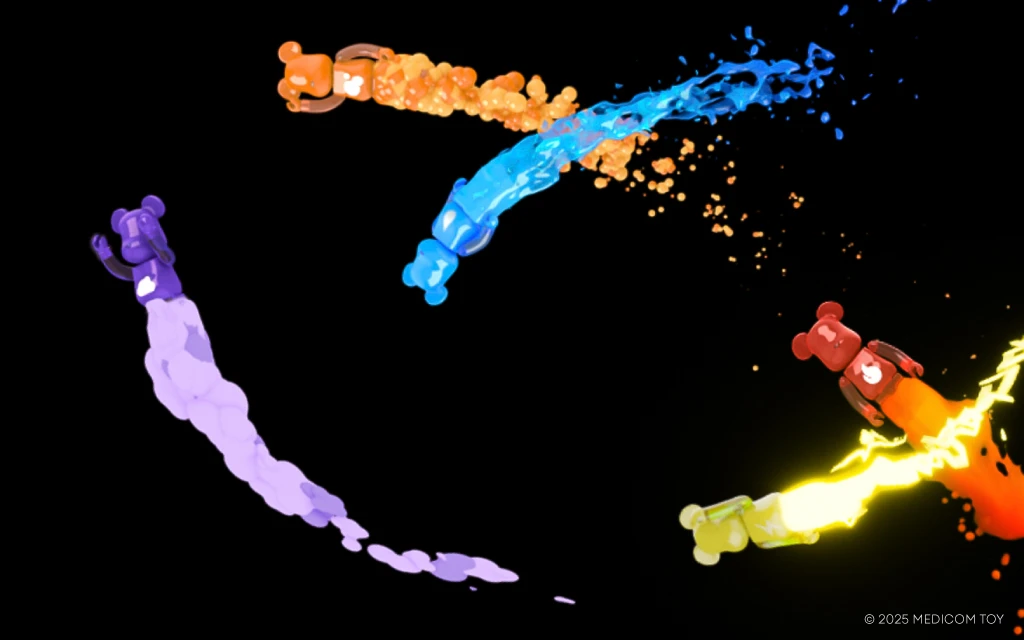
The Process of Decomposing Waste With Microorganisms Will Be Showcased Through BE@RBRICK!Visitors to the Japan Pavilion Will Also Encounter a High-Profile “Mars Rock” and a Hands-on Corner With Real Meteorite Fragments!
At Expo 2025 Osaka, Kansai, Japan, the Ministry of Economy, Trade and Industry (METI) will exhibit the Japanese Government Pavilion (or “Japan Pavilion” in short) on the theme of “Between Lives.” The first round of exhibits featured the Farm Area centered on algae under the theme of “From water to materials,” followed by the second round of exhibits, which featured the Factory Area focused on Japanese craftsmanship under the theme of “From materials to products.”
The third round of exhibits will showcase the Plant Area centered on the function of microorganisms under the theme of “From waste to water.” Microorganisms decompose organic matter such as food waste and other waste in various places on Earth, creating an environment essential for other living creatures to thrive. In the Plant Area, BE@RBRICK, a popular bear-shaped figure collaborating with artists and brands from around the world, will make an appearance to help visitors enjoy navigating the process of “circulation,” through which waste is transformed to become useful in our daily lives.
The Plant Area Focuses on Microorganisms and Illuminates the Workings of the Smallest Life Forms With Light!
Microorganisms are so small that they cannot be seen with the naked eye, yet they are an essential part of the Earth’s ecosystem. In the Plant Area, visitors can experience installations that dynamically showcase the active movements of seemingly invisible microorganisms through dazzling arrays of light. Beads of light dance vibrantly in the dark and create a space where you can visually enjoy the dynamism of these microorganisms and the workings of life. In this surreal space that illuminates the workings of the smallest life forms, visitors can experience the energy of life woven by microorganisms.
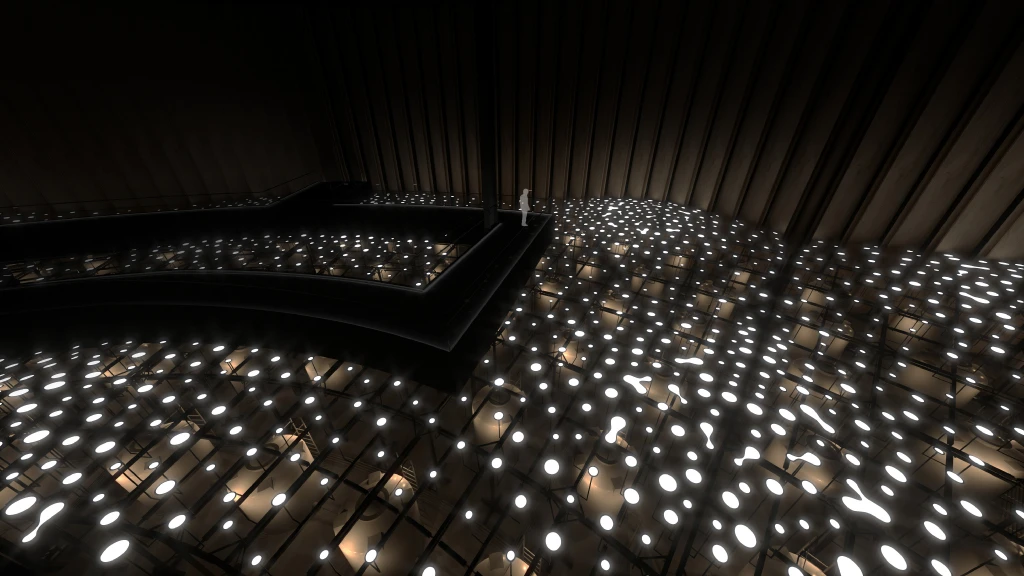
BE@RBRICK Will Demonstrate the Process of Circulation Through Which Waste Is Decomposed and Reborn!
These microorganisms play a vital role in converting organic matter into carbon dioxide (CO₂), water, and nutrients for plant growth, and in producing gases that are the raw materials from which energy such as electricity and heat is derived.
The Japan Pavilion showcases the function of these microorganisms in an easy-to-understand manner through BE@RBRICK figures that are popular around the world. These figures represent water, CO₂, nutrients such as nitrogen and phosphorus, electricity, and heat, and they demonstrate the process through which waste is decomposed by microorganisms and reborn, allowing visitors to experience the function of microorganisms in supporting circulation on Earth.

The original character design of the BE@RBRICK figures featured in the Japan Pavilion has been developed in collaboration with MEDICOM TOY CORPORATION. The preparation and presentation of exhibits on the workings of microorganisms are carried out by the National Institute of Technology and Evaluation (NITE) and SEKISUI CHEMICAL CO., LTD.
Sponsor companies:
MEDICOM TOY CORPORATION
Partner companies/organizations:
National Institute of Technology and Evaluation (NITE) / SEKISUI CHEMICAL CO., LTD.
The World’s Largest Mars Rock Will Be On Display at the Japan Pavilion, Including a Hands-on Corner Featuring Martian Meteorite Fragments!
A Mars rock, which attracted significant attention when it was announced last September that it would be exhibited at Expo 2025 Osaka Kansai, will be on display at the Japan Pavilion.
The Mars rock that will be on display on this occasion is believed to have originated from Mars 10 to 13 million years ago and landed on Earth tens of thousands of years ago. It was discovered by a Japanese Antarctic research expedition in 2000 near the Yamato Mountains, around 350 km south of the Showa Station. The rock measures 29 cm by 17.5 cm and weighs 12.7 kg, making it the size of a rugby ball and the largest meteorite from Mars on Earth.
This Mars rock contains a clay mineral that is believed to form only in the presence of water, making it a valuable specimen that indicates the existence of water on Mars in the past. It is therefore expected to offer important clues for elucidating the origins of water and life.A hands-on corner will be set up within the Japan Pavilion, where visitors have the opportunity to touch Martian meteorite fragments.
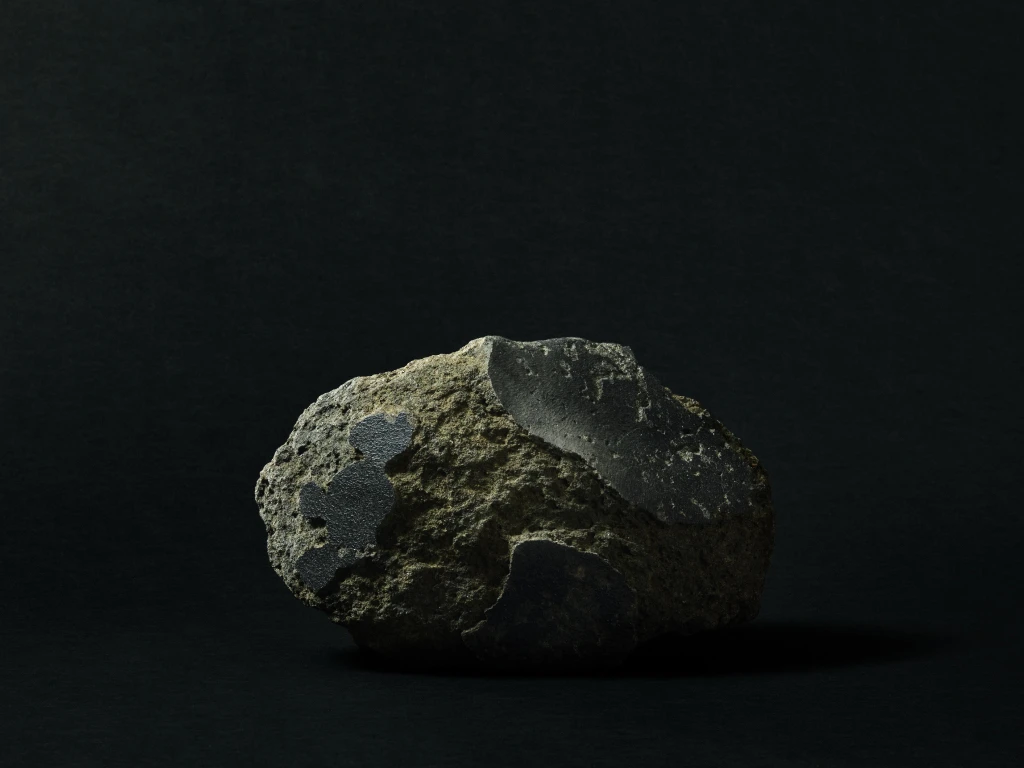
In addition, samples of sand collected from the asteroids Itokawa and Ryugu, which were brought back to Earth by JAXA’s Hayabusa and Hayabusa2 probes, will also be on display at the Japan Pavilion alongside exhibits on the significance of Japanese craftsmanship technologies that made these missions possible. These samples are valuable specimens for investigating the birth of the universe and the origin of life.
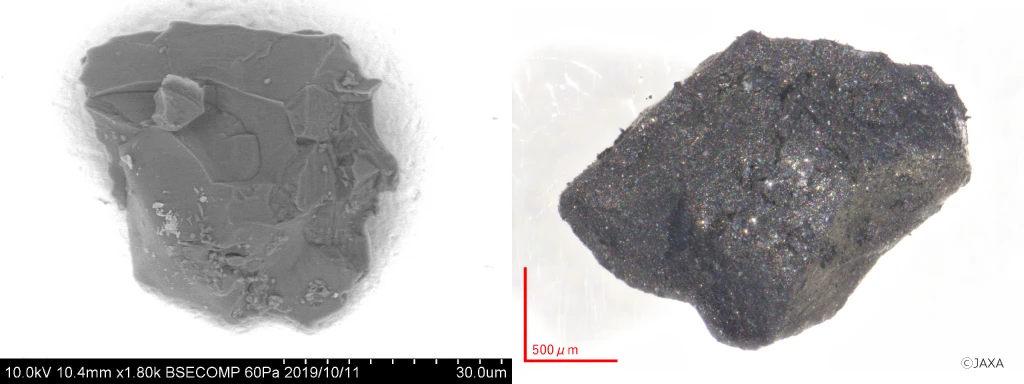
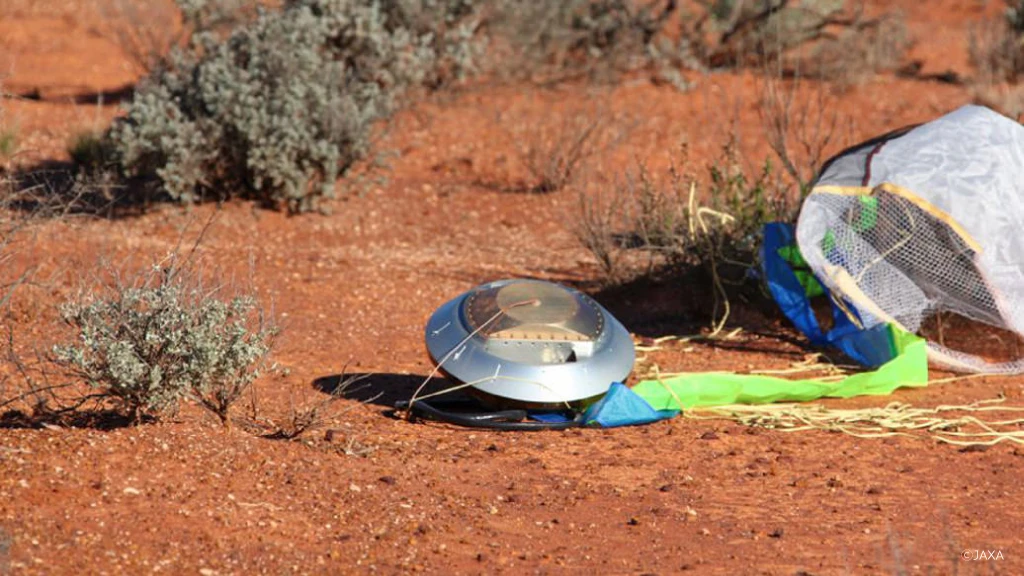
Partner companies/organizations:
National Institute of Polar Research / Japan Aerospace Exploration Agency (JAXA)
Showcasing Future Environmentally Friendly Technologies That Achieve Craftsmanship Starting With CO₂!
Also in the Plant Area, KANEKA CORPORATION will feature examples of utilizing cutting-edge technologies such as hydrogen-oxidizing bacteria. Hydrogen-oxidizing bacteria can create products such as plastics and fibers from carbon dioxide (CO₂). The quality of such products is comparable to that of existing petroleum-derived products, and since hydrogen-oxidizing bacteria-derived products decompose easily in seawater, there are high expectations for this environmentally friendly and circular bio-craftsmanship technology that does not rely on fossil resources.
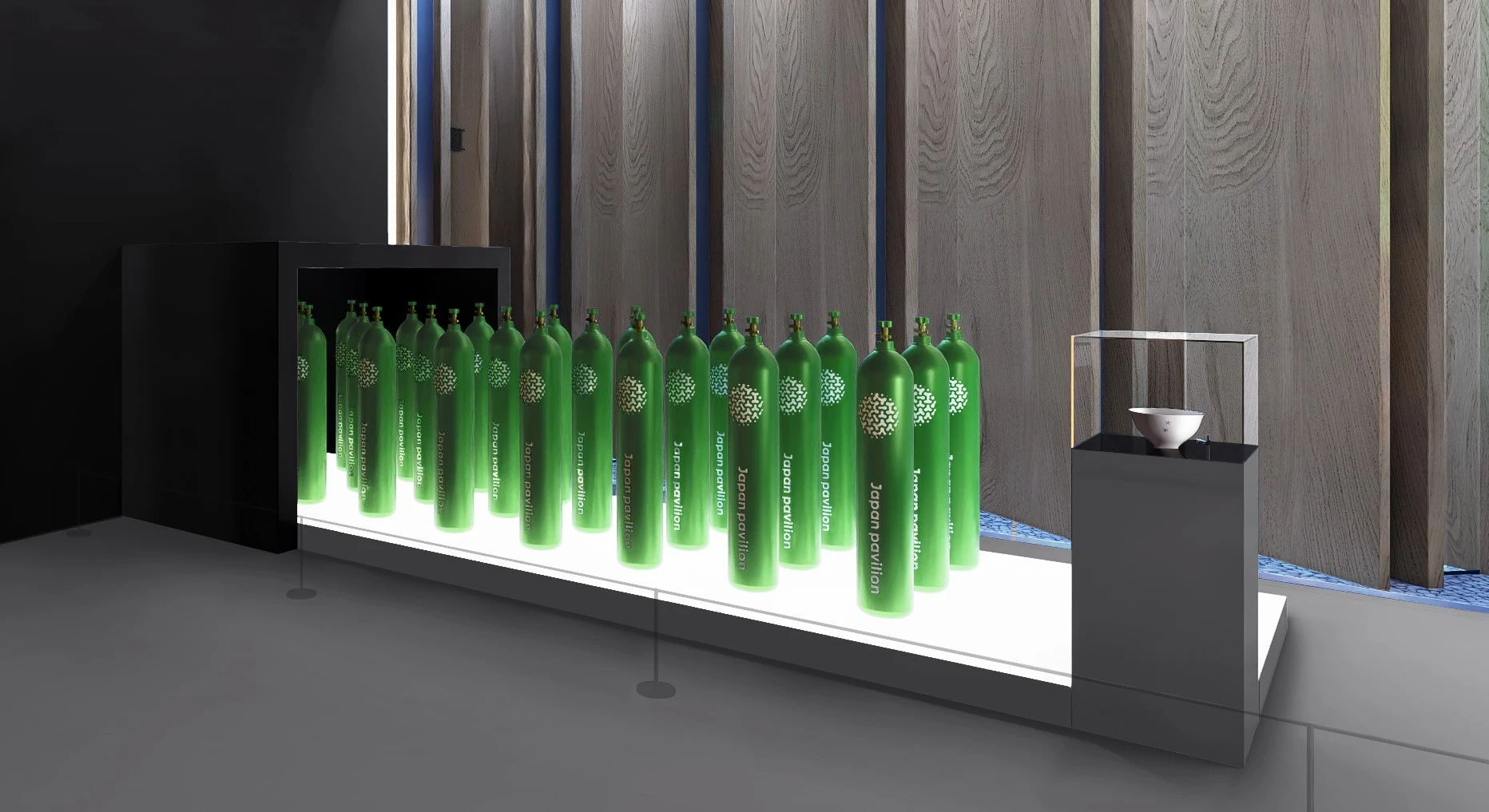
Partner companies/organizations:
KANEKA CORPORATION
Tour of Biogas Plant That Generates Electricity From Waste Collected at the Exposition Site
A biogas plant has been set up at the Japan Pavilion to generate energy from waste produced at the exposition site by utilizing microorganisms. Tours of the biogas plant will be conducted in collaboration with Kanadevia Corporation. Tour participants will be able to see the actual plant while learning about how microorganisms work, and experience how water and other new resources as well as energy are generated from waste.
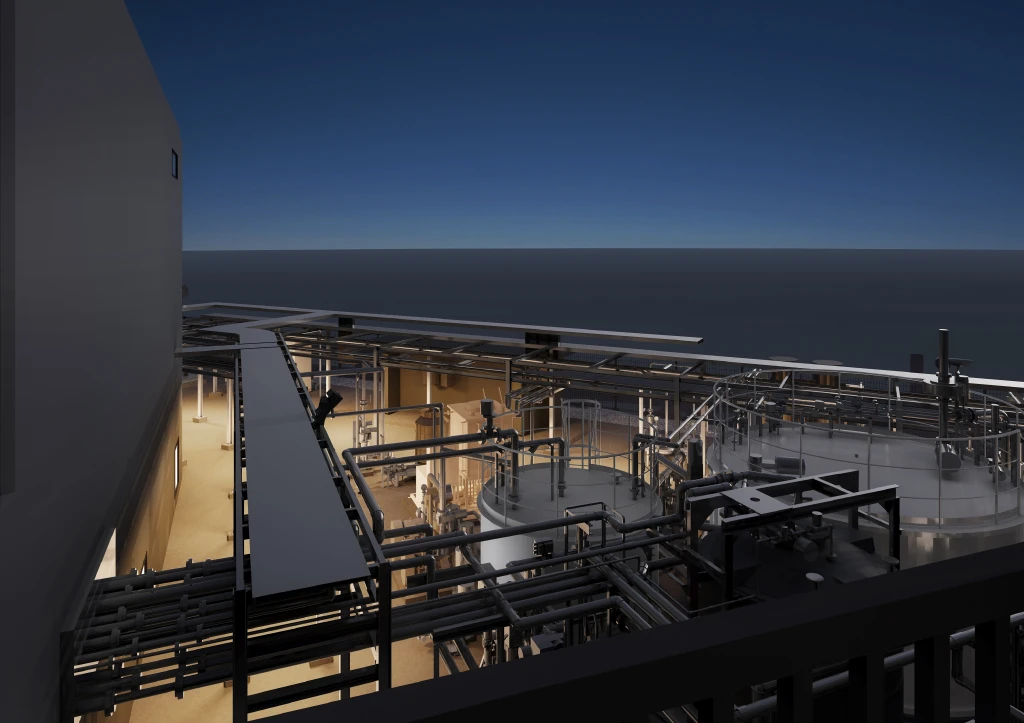
Sponsor companies:
Kanadevia Corporation
Japan Pavilion Tours Explore the Fascinating Pavilion in Greater Depth
Japan Pavilion Tours will be held at the Japan Pavilion to showcase the features of the pavilion, whose circular structure is inspired by the “relay of life.” The tour will explain the basics of the pavilion’s architecture and design in an easy-to-understand manner, allowing visitors to appreciate the depth and significance of the architecture before them.
These tours provide an opportunity for visitors to not only see but also learn more about the Japan Pavilion, thereby deepening their experience of the exhibits. We hope you will join Japan Pavilion Tours and experience the pavilion’s unique spatial design and background.